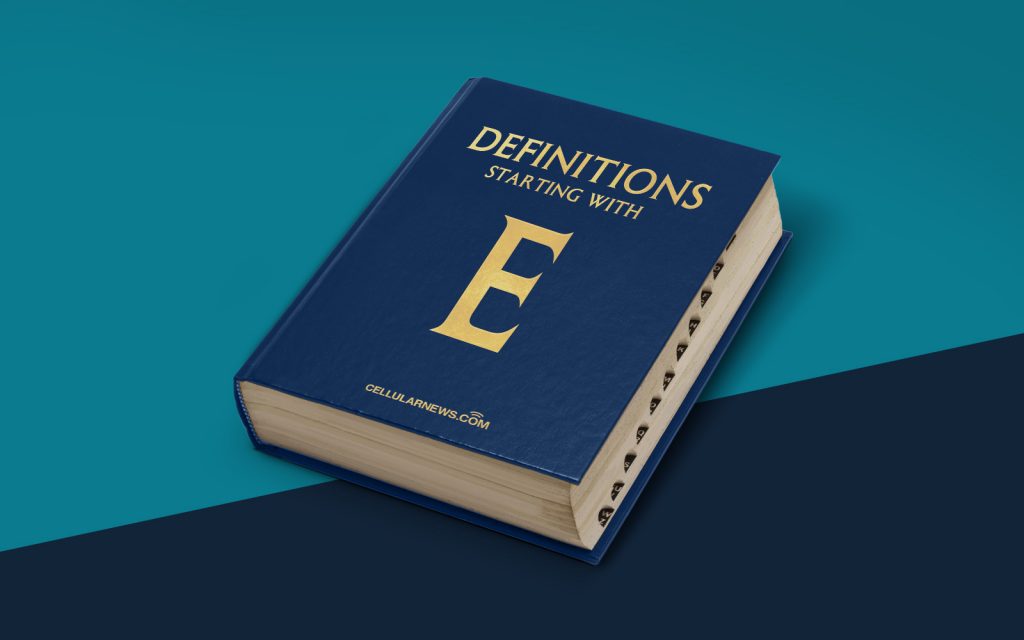
What is an Entity-Relationship Model (ER Model)?
Welcome to another edition of our “DEFINITIONS” series, where we explore different terms and concepts related to technology and business. Today, we are diving into the world of databases and taking a closer look at an Entity-Relationship Model (ER Model). So, what exactly is an ER Model and why is it important? Let’s find out!
Key Takeaways:
- An Entity-Relationship Model, or ER Model, is a graphical representation of the entities (objects or concepts) and the relationships between them within a database.
- The ER Model helps in designing and visualizing the structure of a database, allowing us to understand how different entities interact and relate to one another.
Imagine you have a large set of data and need a way to organize and understand it. This is where the Entity-Relationship Model comes into play. At its core, an ER Model provides a visual representation of the relationships between the entities in a database, making it easier to understand and manage complex data structures.
Let’s break down the key components of an ER Model:
- Entities: These are the objects or concepts that we want to represent in our database. Entities can be anything from a person or organization to a product or event. Each entity is represented by a rectangle in the ER Model diagram.
- Attributes: Attributes describe the characteristics or properties of an entity. For example, if we have an entity representing a person, attributes could include their name, age, and address.
- Relationships: Relationships define the connections and associations between entities. They represent how entities interact with each other. Relationships can be one-to-one, one-to-many, or many-to-many. These connections are depicted through lines or arrows between the entities in the ER Model.
By using an ER Model, we can gain a clear understanding of the database structure and how data flows between different entities. This knowledge is invaluable when designing and maintaining databases, as it helps to ensure efficient data organization and retrieval.
Key Takeaways:
- An Entity-Relationship Model, or ER Model, is a graphical representation of the entities and relationships within a database.
- The ER Model helps in designing and visualizing the structure of a database, allowing us to understand how different entities interact and relate to one another.
We hope this “DEFINITIONS” article has provided you with a solid understanding of the Entity-Relationship Model and its importance in database design. Stay tuned for more insightful content on our blog, where we aim to unravel the complex world of technology and business in a way that is both educational and engaging!
